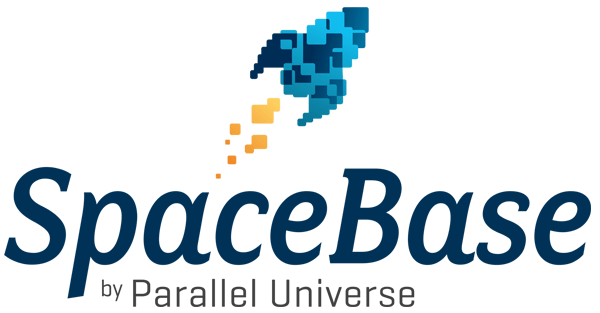Parallel Universe is an Israeli technology company that promises video game companies the capability to make Matrix-style games through parallel processing, allowing millions of objects to be tracked in real-time. We’re talking about the ability to create a game with thousands of players and untold number of aliens and battleships shooting nuclear missiles and green rays. Really.
Founder Ron Pressler is a software engineer who has been developing simulated environments for the Israeli Air Force. He is part of this summer’s Y Combinator class. Spacebase, the company’s first product, is an offshoot of the military technology Pressler developed. It offers server-side, in-memory, low-latency, dynamic, concurrent and distributed spatial data-store for 2D and 3D spatial objects. Primary markets for the technology include MMO (massively multiplayer online) games, defense applications and location-based services.
In an interview last week, Pressler said the Matrix-style environment will come when the company launches its software for distributed server environments.
Today’s MMO games and location-based services depend on using hard disks to process data from Oracle or Postgres databases. On average, these systems can crunch a few thousand queries per second. Pressler said that Spacebase is a NoSQL database that can run hundreds of thousands of queries per second.
It’s the NOSQL capabilities that makes this so interesting. A NOSQL database is designed for big data. It can process unstructured data far faster than traditional database operations. Spatial NOSQL takes into account 2D and 3D objects.
Traditional spacial databases environments in LBS and MMO environments can track objects, though usually slowly due to less-than-speedy query time. It does better, for instance, showing the locations of ATMs or restaurants — not cars, planes or other moving objects. Oracle and Redis are examples of traditional, spatial database environments.
The upcoming Spacebase cluster will extend the capabilities of the spacial NoSQL cluster. Servers will work in parallel across a distributed infrastructure, making virtual environments on par with the Matrix, at least in a game setting.
Pressler writes:
Space comes before higher layers like physics simulation or other business logic. SpaceBase is meant to serve as this foundation layer, so you may use it as more than just a data-store: you can run your physics simulation, AI, or whatever business logic your application requires, as SpaceBase transactions, and let SpaceBase parallelize your computations for you across cores and across machines in your cluster.
Spaccebase is an in-memory technology, which enables its lightning-fast speed. That’s what truly separates it from the rest. It tracks not when or what happened but where it occurred. And it all occurs in-memory. It’s like any application that runs this way. It’s very fast in getting data. In this case, we are talking about spatial data.
And that’s a new frontier. The matrix is coming soon.
